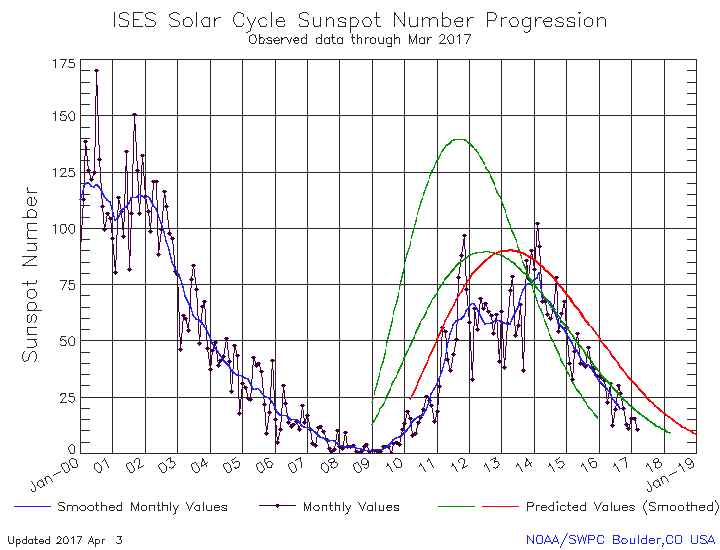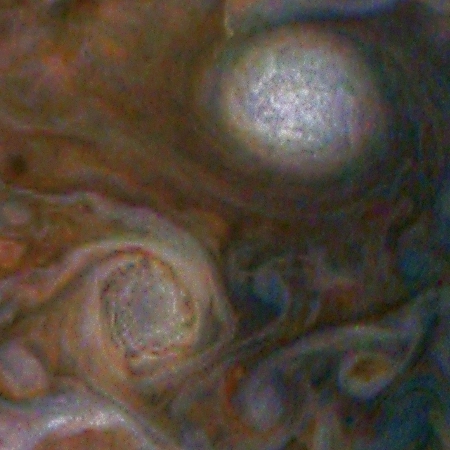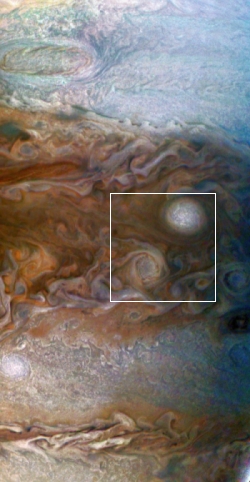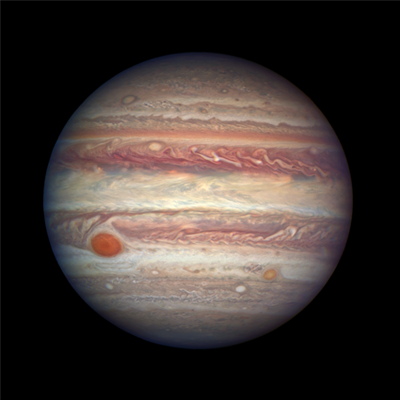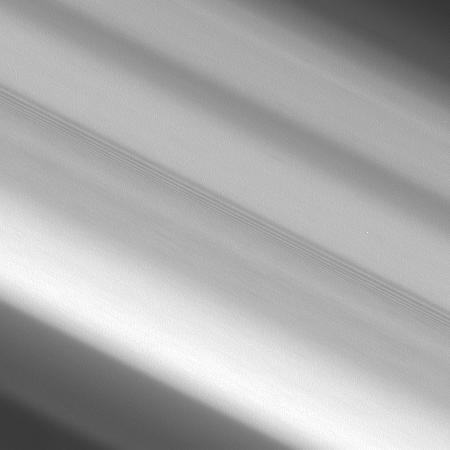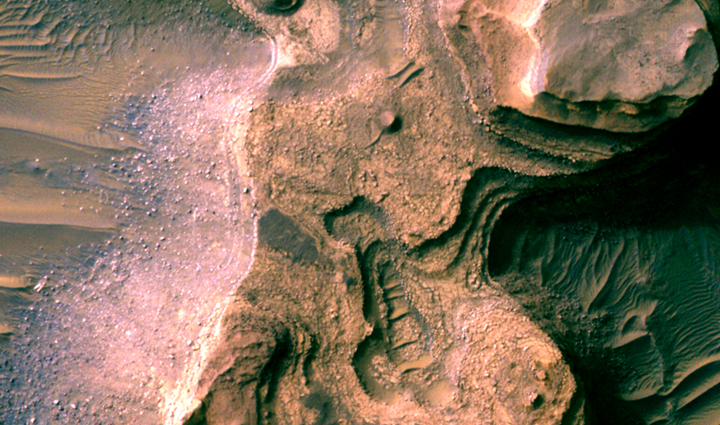The “March for Science”: a Democratic Party operation
No matter what the leaders of this weekend’s planned “March for Science” might claim about the neutrality of their event, this article in the journal Science today reveals its very decidedly partisan, leftist, and anti-Trump nature. Democrats are planned as major speakers at many venues, while no Republicans are participating anywhere.
“I’d be surprised if any Republicans participate,” says Representative Jerry McNerney (D–CA), one of only two House of Representatives members with a science Ph.D., who will be speaking at the San Francisco, California, march. “They may feel that they are on the receiving end of the protest.”
McNerney was also amazingly honest about the march’s partisanship in another quote: “McNerney thinks organizers of the march have been disingenuous by asserting their neutrality. ‘It’s a political rally, and they should acknowledge that.'”
Meanwhile, the journal Nature today published an article interviewing scientists about their view of the march. As expected, most supported the event for partisan and anti-Trump reasons. One person however was honest about this partisanship, and worried how such partisanship will hurt science.
I am not going to the March for Science, because some people in America view science as leftist. Maybe it’s because [former US vice-president] Al Gore launched ‘An Inconvenient Truth’. I’ve seen articles from right-wing outlets that are framing the march as focusing on gender equality and identity politics. I think it could easily politicize science because, even though the march’s mission statement isn’t anti-Trump, the marchers seem anti-Trump.
The bottom line is that the leaders of this march are organizing it not only to lobby for funds, but to advance the Democratic Party agenda and to protest Trump. And because the majority of today’s scientists are Democrats, if only because they would face blackballing in the modern leftist academic community if they were anything else, they are going along, some eagerly and some with reservations. Either way, Sunday’s “March for Science” is going to end up looking like a march against Trump and the Republican Party.
Be prepared as well for many mainstream reports on the March to frame it otherwise. They will be lying.
No matter what the leaders of this weekend’s planned “March for Science” might claim about the neutrality of their event, this article in the journal Science today reveals its very decidedly partisan, leftist, and anti-Trump nature. Democrats are planned as major speakers at many venues, while no Republicans are participating anywhere.
“I’d be surprised if any Republicans participate,” says Representative Jerry McNerney (D–CA), one of only two House of Representatives members with a science Ph.D., who will be speaking at the San Francisco, California, march. “They may feel that they are on the receiving end of the protest.”
McNerney was also amazingly honest about the march’s partisanship in another quote: “McNerney thinks organizers of the march have been disingenuous by asserting their neutrality. ‘It’s a political rally, and they should acknowledge that.'”
Meanwhile, the journal Nature today published an article interviewing scientists about their view of the march. As expected, most supported the event for partisan and anti-Trump reasons. One person however was honest about this partisanship, and worried how such partisanship will hurt science.
I am not going to the March for Science, because some people in America view science as leftist. Maybe it’s because [former US vice-president] Al Gore launched ‘An Inconvenient Truth’. I’ve seen articles from right-wing outlets that are framing the march as focusing on gender equality and identity politics. I think it could easily politicize science because, even though the march’s mission statement isn’t anti-Trump, the marchers seem anti-Trump.
The bottom line is that the leaders of this march are organizing it not only to lobby for funds, but to advance the Democratic Party agenda and to protest Trump. And because the majority of today’s scientists are Democrats, if only because they would face blackballing in the modern leftist academic community if they were anything else, they are going along, some eagerly and some with reservations. Either way, Sunday’s “March for Science” is going to end up looking like a march against Trump and the Republican Party.
Be prepared as well for many mainstream reports on the March to frame it otherwise. They will be lying.

